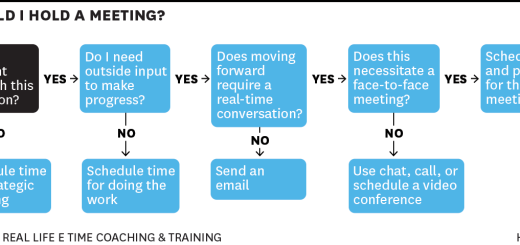Emerging markets: From Promise to Profit
All good chefs want to cook up a storm without burning their fingers. Investors are no different. Many – tired of stewing in developed markets’ negative interest rates and stagnation – are once again heading for hot new emerging markets (EMs) in search of fresh growth.
This flurry of EM activity (inbound flows hit $25 billion in August) has been mirrored in the consumer products (CP) sector, where it has taken the form of an increasingly lively M&A market. Yet executives considering their presence in EM must be sure that they have a clear recipe for profit, not just for growth.
Depth, not breadth
The first step is a tough portfolio review that recognises the legacy of “land grabs”, and gives a picture of which EM activities are likely to deliver a solid return on investment, and crucially, which ones aren’t.
Throughout the 80s, the 90s and the early 2000s, most CP companies established multiple category and country “beachheads” in emerging markets on the promise of unbridled growth. Profits have proven harder to come by though, and many players have ended up with a large legacy portfolio of sub-scale businesses; many unprofitable, and some with no clear pathway to future profitability.
With Asia’s growth now slowing down, CP businesses must now embrace a focused strategy, prioritizing depth over breadth. The mindset of “show the promise”, which led to the development of multiple beachheads, must now change to one of “show the profit”. As my colleagues highlight in their recent article for the Harvard Business Review, profitability is closely linked with market-share leadership; the top two or three players typically capture 60-70 percent of the profit pool.
The urge to use inorganic approaches to achieve market share leadership is understandable: tweaking products, pricing, cost structures and go-to-market strategies in a bid to secure organic, profitable growth can be slow-going.
However, the strategic logic for M&A execution has to be crystal clear to deliver the desired results. Whether it is intended to build distribution muscle, drive category development or bolster local innovation capability, it has to follow the tightest of playbooks.
A clear recipe
The portfolio review should first determine “where to play” – especially whether it is better to go for a category play across countries, or a country play across categories in a few selected markets.
It is extremely difficult for a single company to win everywhere; very few companies rank among the top three in market share across all EMs – or even emerging Asia – owing to heterogeneous consumer behaviors, channel landscape and competitive market dynamics. Making clear choices on where to build depth is thus key to profitable growth.
CP leaders then need to ensure that they are fully focused on the value drivers of their businesses, or “how to win”. Is it critical to win shelf space in the traditional (and influential) sari-sari stores in the Philippines or the Kirana stores in India, for example? If so, you’ll need strong distribution muscle and top-notch supply chain capability.
Similarly, you’ll need to understand whether to focus on category development, innovation and ‘premiumization’, or on volume and scale to drive profitable growth. Once these choices are absolutely clear, you can double down in high priority countries with transformative deals.
A pinch of salt
Making the right acquisitions is not enough: companies must also have a strong post-merger integration (PMI) skill set. Research indicates that 67 percent of deals fail to realize the value potential that the pre-deal value was based on.
This is because executives either over-estimate the value potential in the due diligence phase in a desire to “make the deal happen”, or suffer from an inability to follow through on tough decisions to realize cost synergies after the deal is done. It is crucial that hard-nosed, numbers-driven diligence does not result in ignoring or under-estimating the soft side of PMI, including cultural and personality differences that hinder value creation afterwards.
Opportunistic acquisitions which are off-strategy are unlikely to be value accretive and are best avoided. As M&A activity shifts slowly away from China, countries like Myanmar, Indonesia, Philippines, Vietnam, India, Nigeria, Angola, Kenya, South Africa and Mexico are among those witnessing intense deal activity. Don’t join the herd in a “gold rush”. Do focus on markets that fit your playbook. Similarly, be willing to pull the plug on legacy assets that do not fit the playbook and do not have a clear pathway to future profitability.
Use organic ingredients too
It is true that boosting revenues and profits organically can be slow, and difficult to execute when markets start to mature and competition gets stronger.
This does not mean, however, that inorganic growth is the only way to go. As I’ve blogged before, putting EM consumers at the heart of the innovation process is one key to unlocking profitable organic growth; similarly, the use of predictive analysis to underpin commercial decisions and to make supply chains agile, is another.
Adapting products to local tastes—or developing new products from scratch for local markets—requires a substantial investment not only in R&D but also in identifying, hiring and nurturing local managerial talent who understand local market conditions. So does developing commercial analytics and agile supply chain capabilities.
These tasks require a real focus: not just product offerings but business models need to be tailored to individual markets. Businesses that successfully bring themselves closer to EM consumers will be able to capture the growth opportunities. Put simply: depth, not breadth, will win the day.


